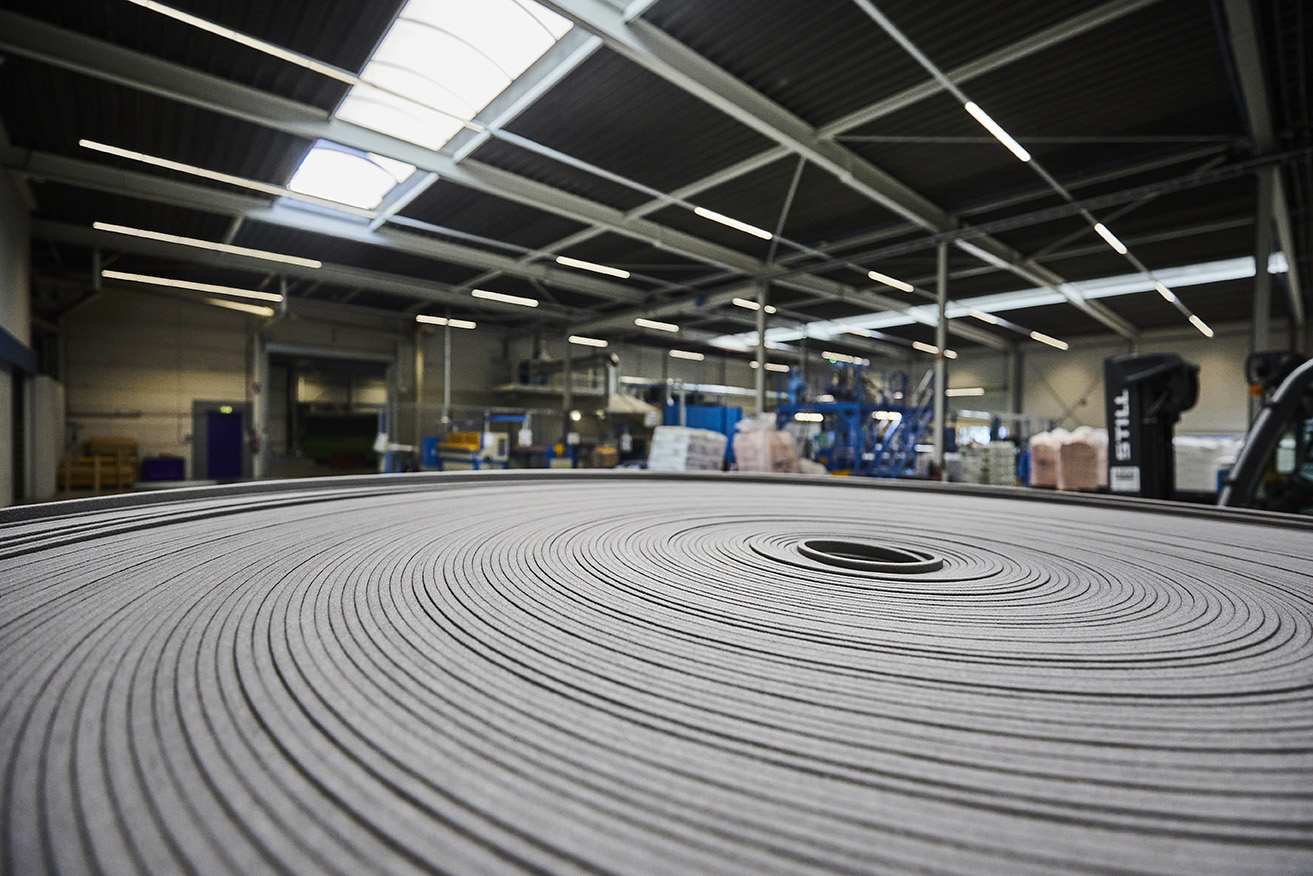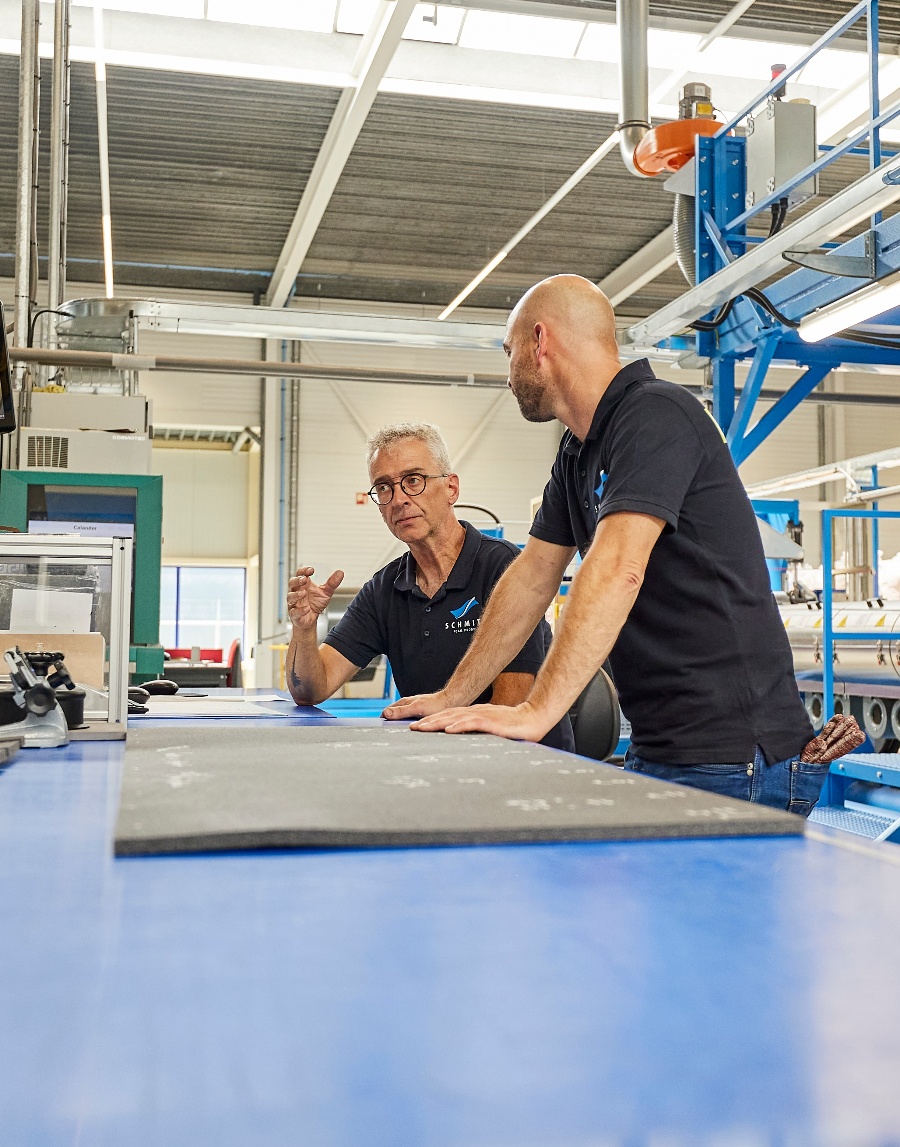
In our FAQ section you will find answers to some of our most frequently asked questions about foam products, applications, and ordering. If you can't find what you're looking for here, don't hesitate to contact our team using the contact form below – we are always happy to help!
Contact form
Ask our experts

Frequently asked questions
› What are the dimensions of RoFoam?
RoFoam thickness and width vary based on density. Contact us for exact dimensions or custom requests.
› What is the minimum order quantity for RoFoam?
Minimum order quantities depends on the RoFoam type. We're flexible and always aim to find the best solution. Reach out with any questions or specific needs.
› What are the application areas of RoFoam?
Our premium XLPE foam is highly versatile and used across many industries, such as automotive, construction & insulation, sports & leisure, industry, packaging, footwear. RoFoam is ideal for interior trims, gaskets, acoustic and thermal insulation, adhesive tapes, etc.
We're constantly developing new RoFoam solutions and optimizing existing ones to meet the unique requirements of different industries. Have a specific application challenge? Let's talk!
› What is LL(DPE) and why is it used in foam?
LL stands for Linear Low-density, typically referring to Linear Low-density Polyethylene (LLDPE). This polymer improves foam's elongation and tensile strength.
LLDPE enhances stretchability and durability. Key in automotive parts that must resist stress and deformation without tearing. It's commonly used in flexible, impact-resistant foam inserts or molded liners.
Our RoFoams can be engineered with LLDPE to meet demanding performance specs in technical and automotive markets.
› What is ESD foam and why does it matter?
ESD stands for Electro Static Discharge. ESD foam is designed to dissipate or neutralize static electricity, protecting sensitive components from electrostatic damage.
ESD foam prevents charge buildup, which is essential in packaging and automotive sectors where electronics are common. It is widely used in packaging for printed circuit boards (PCBs), sensors, and automotive ECUs, as well as in transport trays for manufacturing environments.
RoFoam can be produced as ESD foam to protect sensitive electronic components during transport, assembly, or storage.
› What is EVA and how does it benefit foam materials?
EVA (Ethylene Vinyl Acetate) is a copolymer that improves softness, elasticity, and cushioning in foam.
EVA-modified foam is softer, more elastic, and offers excellent shock absorption, making it ideal for sports surfaces, padding, footwear insoles, and protective packaging.
We can modify RoFoam with EVA to match your application’s comfort and performance needs.
› What is FR and why is it important?
› What is HDPE and how is it used in foam production?
HDPE (High-Density Polyethylene) is a robust thermoplastic polymer known for its high strength-to-density ratio and chemical resistance, often used to enhance the rigidity and durability of foam.
HDPE improves the mechanical stability and stiffness of foam products, making them more resistant to impact, deformation, and environmental factors such as moisture or chemicals. HDPE foam is ideal for heavy-duty packaging, automotive parts, and industrial use where a firm, resilient material is required. RoFoam solutions can be engineered with HDPE to deliver the performance your application requires.
Ask us how› Is RoFoam easy to process?
Yes. RoFoam XLPE foam is generally easy to convert using processes like lamination, vacuum forming, die-cutting, slicing, and more. It's versatility makes it a great fit for diverse applications.
› What is the Nice Classification of RoFoam?
RoFoam is listed under Class 17 of the Nice Classification (NCL).
The NCL is an international classification of goods and services applied for the registration of trademarks. Want to know more? Have a look at this website.
› Do you accept foam scrap for recycling?
Yes, we collect and recycle excess XLPE foam. Contact us to coordinate an efficient pickup plan tailored to your location and volume.

RoFoam
By Schmitz Foam Supply
Developed for those who demand the best, RoFoam empowers you to bring your products to life, no matter how demanding.

